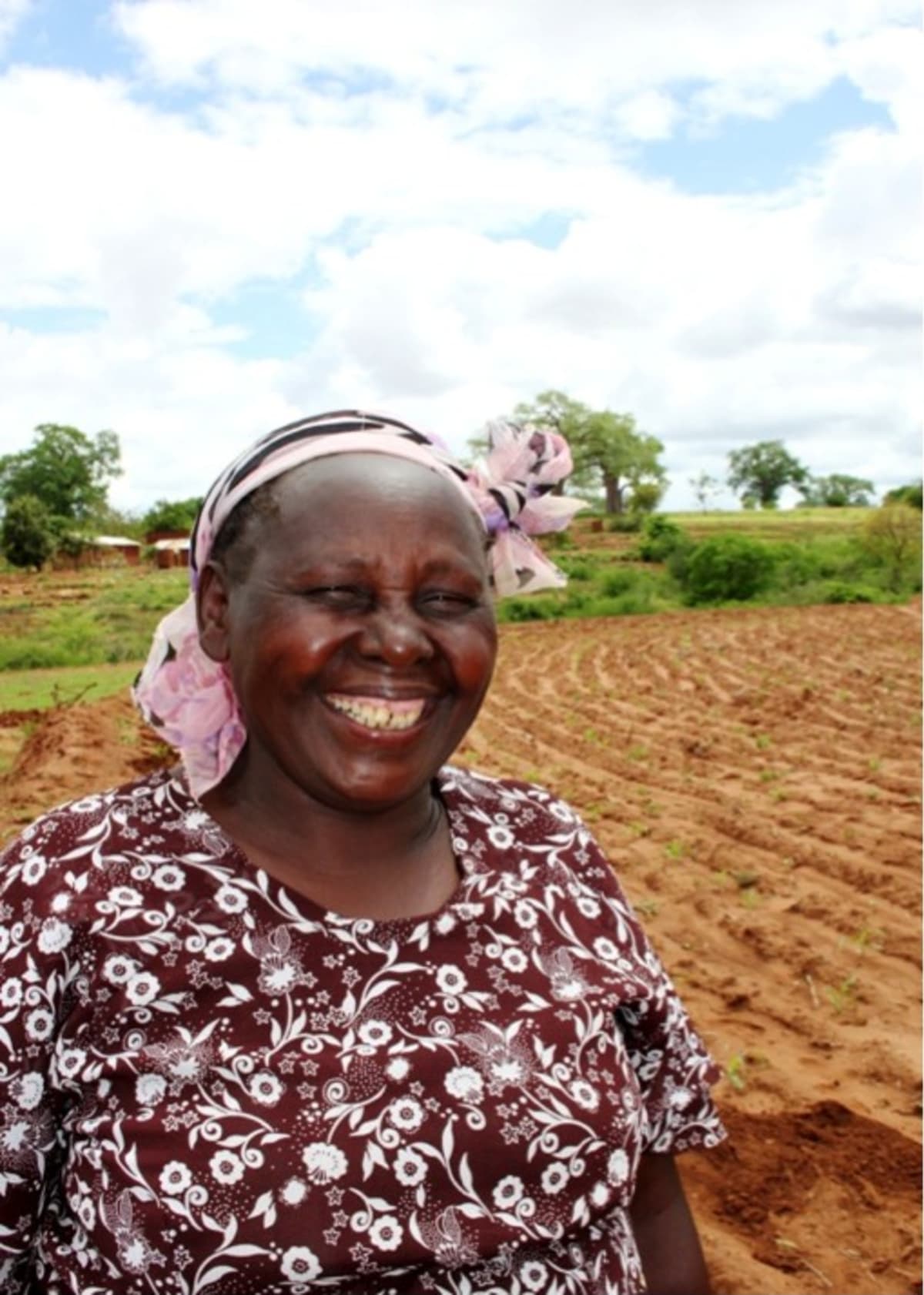This project is being implemented by our partner African Sand Dam Foundation, and is focused on the construction of a shallow well with hand pump, and corresponding community education programs.
Below is unedited project information direct from our partner:
BACKGROUND
Wuumisyo wa Kiumoni self help group was formed in the year 2010. At the time of formation the group had a total of 44 members, although the community that will be served by the shallow well numbers around 200. The main reasons that led to the formation of the group are:-
1). Water insecurity
The area has acute water shortage. The main sources of water for the group are more than 4 kilometres away. This is at Machinery shopping centre. Due to the long distance means of carrying water is through bicycles and donkeys. The members are used to buying water from this water point at Ksh 4 shillings per 20 litre jerrican. Due to the distance one can only make one trip to fetch water in a day, this means that after the trip to the water point one is tired and cannot do any other productive work.
The situation is much worse during the dry periods of the year. This is because the available water points at the shopping centre are strained by the population around this area. The other alternative to fetching water is at River Kambu which is more than 8 kilometres away. This is where members take livestock to get water. At times the condition is tedious and the livestock go for days without water which has in turn affected the quality and health status of the livestock.
2). Food insecurity.
The area also has severe food insecurity due to the lack of reliable rains to support food production. The main form of agriculture in the area heavily depends on rain. On several occasions members have had severe crop failure that has lead to acute food shortage in the area. Since agriculture is the main form of livelihood, thus many farmers’ livelihood patterns have been affected. Lack of harvest means that children stay at home because of lack of school fees and families have to adopt to new poor eating habits. Many families only eat one meal per day which has resulted to severe health complications. This further increases the burden of poverty in most families.
Another reason that contributes to low harvest is the type of seeds that are planted by the farmers. Most farmers rely heavily on uncertified seeds that are not able to do well in the current weather patterns. Most of the farmers plant maize and other type of seeds and they have no clue from where the seeds are from. The seeds require heavy rainfall that is rare in this area, therefore on most occasions most farmers do not have sufficient harvests.
The state of farms is also wanting since most of the farms are eroded and they are not terraced. The soil fertility is low therefore the farm yields and harvests are low. Most farmers rely on planting of maize and beans using the pure stand methods. This means that in case of low rainfall they will completely have no harvest.
DROUGHT AND ITS IMPACT
The area has been experiencing severe droughts for the last three years and due to this a number of effects have been felt by the farmers which include:-
- Severe distortion of the coping mechanisms of the community. Agriculture remains to be the main economic activity of the area. The area depends on rain fed agriculture. During the last three years the income generation through agriculture has been minimal. This leads to the disposal of important assets such as livestock in order to buy food and cater for other basic needs within the household.
- Food prices have sky rocketed and so is the cost of living. “I have never bought maize at Ksh 45 since I was born. Most farmers sell the crop at Ksh 9 only to buy it at Ksh 45.I have a family and children in school who need school fees how will I raise the required money to buy food and make sure my children stay in school”. Savethi Mutinda.
 Protected Dug Well
Protected Dug Well
 Rehabilitation Project
Rehabilitation Project
















